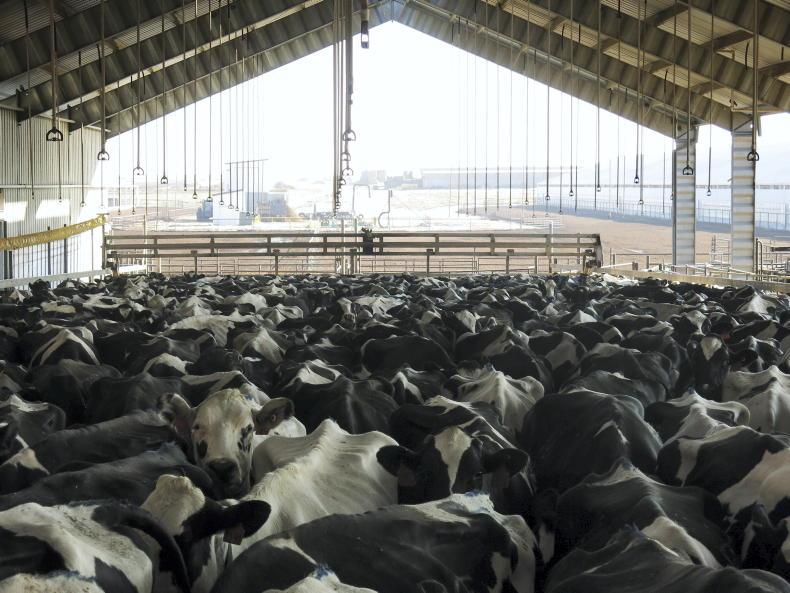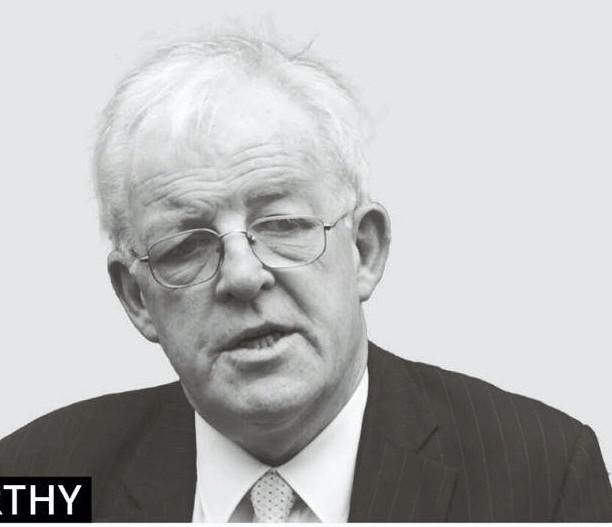A report published at the start of December garnered media attention across the world stating that “failures from methane to manure management underline the growing sense in the market that cows are the new coal”.
The Collar FAIRR protein producer index is a sustainability assessment of 60 of the world’s largest stock market-listed meat, fish and dairy producers and suppliers such as Tyson Foods, JBS, Almarai and Fonterra – businesses that supply the likes of McDonald’s, Nestlé, Tesco and Walmart.
According to the report, 85% of the biggest meat, fish and dairy producers do not measure their releases of methane.
It says that the sector has been too slow to act on deforestation linked to feed production, antibiotic use and the treatment of animal manure.
Noting that decarbonisation will drive capital expenditure in the next decade, the report states that the protein sector shows little business readiness for a low-carbon transition.
The FAIRR initiative is an investor network with 150 members that has $45 trillion assets under management. Members of this network provide funding to, among other businesses, the largest international global food businesses.
The index was launched in 2018 as investors required a greater understanding of the key risks and opportunities in food systems and how companies were managing them.
Almost half of the companies in the index are based in Asia with no Irish companies included.
Opportunity and risk factors
The index measures 10 opportunity and risk factors: greenhouse gas emissions, deforestation and biodiversity, water use and scarcity, water pollution, antibiotics, animal welfare, working conditions, food safety, governance and sustainable proteins.
According to the report, the food sector under-reports emissions linked to the most emission-intensive aspects of their business which is animal farming, feed production and land-use change.
It also points to the importance of investors being able to understand the methane emissions profile of companies
The report notes that it makes it impossible for investors to make comparisons or calculate portfolio-linked emissions. It also points to the importance of investors being able to understand the methane emissions profile of companies given the increasing regulatory focus on methane emissions from agriculture. It refers to alternative proteins as the growth engine of 21st century food, noting they see significant long-term opportunity in plant-based and cell-culture.
It notes that investment in both is at an all-time high – more than $3.1bn has been invested across plant-based and cell culture technologies between January and December 2020.
Aarti Ramachandran, director of research and engagements at FAIRR, recognises the potential for animal protein to decarbonise. However, she cautions that it is not enough and as per the intergovernmental panel on climate changes’s own forecast, dietary shifts are needed to close the gap.
Business as usual is no longer acceptable
She notes that both physical risks of climate change, eg weather and transition risks such as government legislation, will continue to add pressure to the business’s bottom line. “The operating environment is one that will be increasingly difficult. Business as usual is no longer acceptable.”
She points to the tremendous development in alternative protein and the enormous disruptive potential already at play.
Biodigestion is not enough to deal with the waste management issues on farms which Ramachandran says are leading to enormous biodiversity loss. She cites progressive work under way by Fonterra with its suppliers, evidenced in the financial and annual reporting.
Looking to the next decade, Ramachandran says there is a balance that companies need to strike given the dramatic cost of pollution that comes with protein production.
The question remains, will the market be willing to pay for this?
Protein diversification will be a key feature. However, she says there will always be a place for animal production that incorporates the cost of externalities in production and prices it accordingly. The question remains, will the market be willing to pay for this?
According to Jeremy Coller, chair of the FAIRR investor network, “the post COP26 era leaves large parts of the meat and dairy supply chain looking outdated and unattractive. Failures from methane to manure management underline the growing sense in the market that cows are the new coal”.
According to FAIRR, the analogy with coal is purely based on an investment lens, it is not suggesting that agriculture does not have pathways to decarbonise.
Based on FAIRR analysis, a carbon tax of $53/t could increase EBITDA costs for beef producers (eg Tyson Foods/JBS) by 55%
However it feels that just as the prospects for growth in coal have dried up in the last 10 years due to its climate impacts, the livestock sector faces a similar decline in value unless it fixes its emissions issues.
Based on FAIRR analysis, a carbon tax of $53/t could increase EBITDA costs for beef producers (eg Tyson Foods/JBS) by 55%.
From an investment perspective, that stunted growth profile could become as bad as coal’s.
This report highlights the growing level of scrutiny that food systems, from farm gate to multinational plcs, are facing and which will likely intensify over the coming decade.
Investors are now looking to food businesses to provide clear evidence that they are reducing their impact on the planet. Furthermore, they are clearly saying decarbonising animal agriculture is not enough as they are looking to food businesses to invest in alternative proteins.
Ultimately, whether the business is a plc, private business or a co-operative securing funding and the confidence of investors into the future, will be contingent on environmental metrics in addition to financial metrics.
In the case of food, those environmental metrics will stretch right back to farm level and will at some point be benchmarked against farms across the world.
The report reinforces the need for farming to make progress on reducing emissions and increasing biodiversity which requires the right policy and transition funding and supports.
At some point in the not-too-distant future, doing business, whether that is selling products or securing finance, will require metrics at farm level that evidence the environmental impact of individual farmers across a range of measure such as those in the FAIRR protein index.
Farmers’ own banks will likely look for these metrics to support farm investment.
Speaking at the IFA’s Farming in a New Environment seminar last week, Eoin Lowry, head of agriculture in Bank of Ireland, indicated that this would be a future requirement for farm lending.
Baseline
Irish farming must focus on developing verifiable sustainability metrics and a baseline must be established from which progress can be charted.
Doing business in the future will require evidence by way of metrics of the environmental impact of the enterprise.
Delaying action in this regard will allow competitors, who may have a much less compelling story to tell, gain headway as they seek to secure their future in a more challenging and competitive protein market.










SHARING OPTIONS